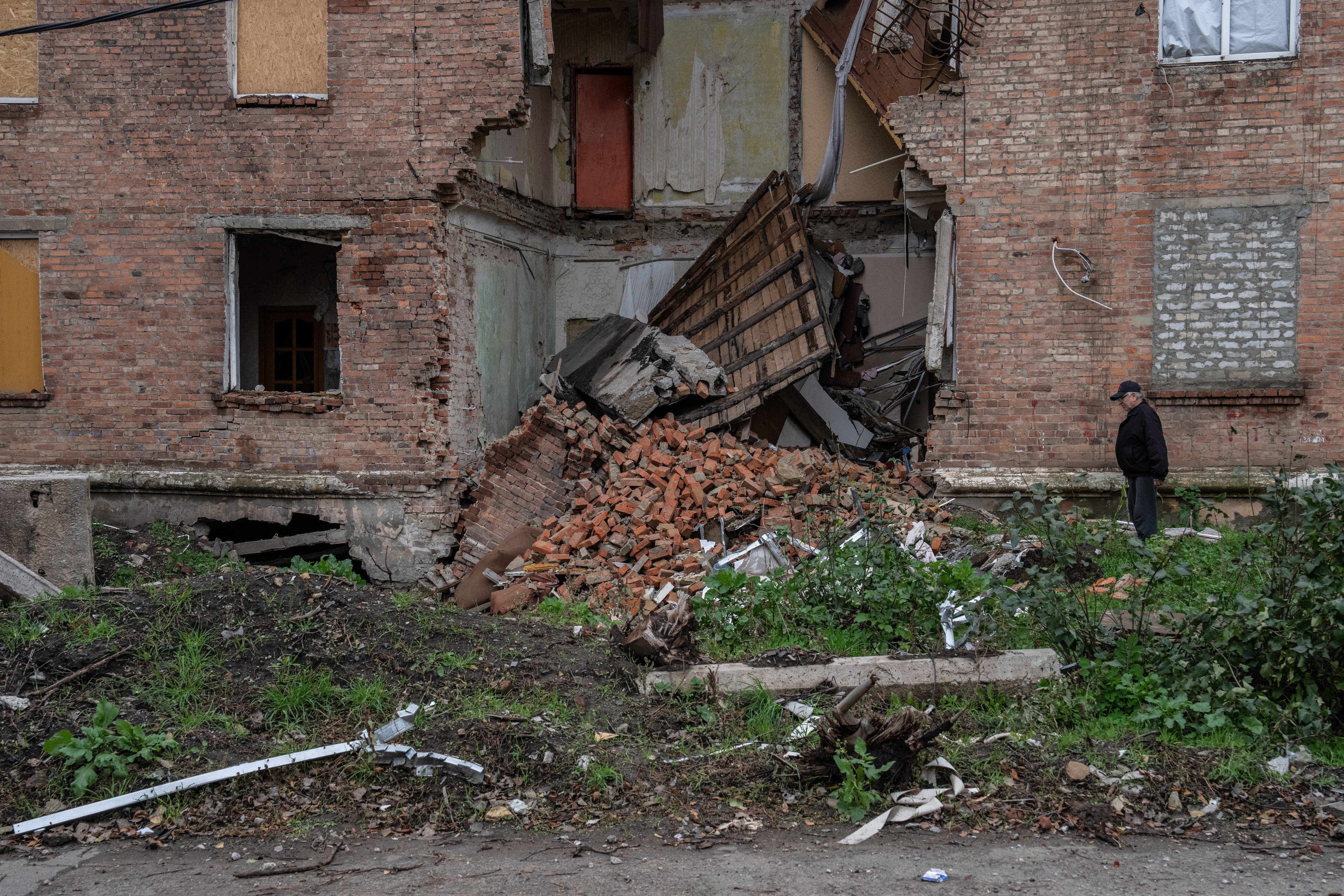WASHINGTON — The Defense Intelligence Agency is pulling together a group of analysts and experts to monitor competition with China, a world power Pentagon officials consider the leading threat to U.S. national security.
John Kirchhofer, the DIA’s chief of staff, on Nov. 29 said his agency, which produces, analyzes and disseminates military intelligence, established a “China mission group” that will reach full operational capacity early next year.
“It’s as simple as this: We created a box and we called it China,” he said during a livestreamed Intelligence and National Security Alliance event. “If you are in DIA and you are working China, you’re in that box.”
Whereas the CIA is focused on providing intelligence of all kinds to the president, the DIA is the principal source of foreign intel for combat endeavors. The new mission group will become the agency’s repository for China knowledge and knowhow, meaning insiders including Director Lt. Gen. Scott Berrier as well as outsiders will know where to turn “for whatever deep expertise” is needed, according to Kirchhofer, the third-ranking officer.
“This is us integrating to the maximum extent possible on an existential threat to the long-term success of the United States,” he said.
After decades of fighting in the Middle East and investment in counterterrorism and technologies related to smaller-scale conflict, the U.S. is now focusing on China and the Indo-Pacific, a region home to some of the world’s largest militaries, ports and populations.
RELATED

Defense officials in Washington are warning about the dangers posed by Beijing, and have rallied allies and partners to counteract its global ambitions. The annual China Military Power Report sent to Congress this week notes that China is the only country with the will and military capacity to eventually challenge what it called the U.S.-led “world order,” Defense News reported.
While much of the intelligence community “has been heavily focused in Europe, and that goes back decades,” Kirchhofer said, “that’s not necessarily where this long-term threat is coming from, even with Russia being as belligerent as they are today.”
DIA plans to move more resources — including people, communications and information technology — to the Pacific. Talks to extend the military intelligence agency’s footprint are already underway with friendly nations. The Army, Navy and Air Force are taking a similar tack.
The shift will help “with resiliency in the event of a crisis and some needed redundancy in the event of worst-case scenarios,” according Kirchhofer.
“It’s very exciting, and I think that is putting our money where our mouth is,” he said. “It really shows our long-term commitment to U.S. Indo-Pacific Command and the potential fight against China.”
Colin Demarest was a reporter at C4ISRNET, where he covered military networks, cyber and IT. Colin had previously covered the Department of Energy and its National Nuclear Security Administration — namely Cold War cleanup and nuclear weapons development — for a daily newspaper in South Carolina. Colin is also an award-winning photographer.








